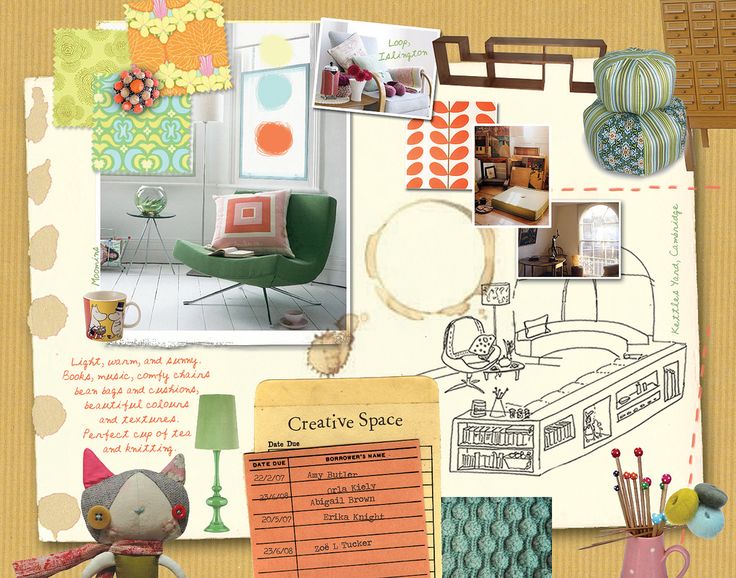Mood Boards
December 15, 2017
Mood boards are a staple of any aesthetic blog or Instagram. At their base, they’re merely collages built around a certain theme. The theme can be anything from colors to a character or a feeling. Mood boards are versatile in their usage. Often they are compiled for inspiration, with each part of the board serving a different purpose rather than any one being the centerpiece; the focus is on the aesthetic being conveyed. On social media, they are commonly used to associate a theme with a certain emotion or color. For example, pastel pink can be tied with bubblegum, sweetness, and and an overall cute and clean feel, while green is more associated with plants and nature, having a defined but more complex design like overgrown vines.
Designers see mood boards as a way to quickly understand the effect a certain motif would convey. Rather than having to constantly prototype a new design that fits their client’s vision, mood boards let the designers pull together quick representations of their ideas that the client can quickly veto or approve. Furthermore, the different aspects of the mood board can show elements of a design that are more subtle in the final product. Because nothing in the mood board is set, it’s more of a seed for creation.
Mood boards are very fast to assemble, so one can churn out multiple boards in a short time. The quality of the mood board depends on the creator’s ability to stick to and organize one idea or theme. One designer wrote that the best way to make a unique mood board is to “go to the source.” In doing so, you refer to one of the things that originally inspired you. Say you’re creating a mood board based around a character. You can look for colors and themes that are commonly associated with the character to serve as the base for your board. A character such as Harry Potter can be built around ideas of red and gold, fire, glasses, and parchment. Each of these represent a different part of the character, with red and gold for the Gryffindor House, fire for warmth and friends, and the glasses and parchment to show that he is a student.
Digital mood boards can be produced on a number of websites. Popular ones include Pinterest, which allows you to collect a series of images from around the web, and Befunky, where one can directly generate a series of photos to arrange into a board. A simple Google search turns up hundreds of websites dedicated to mood boards. And if you’re a little pressed for ideas, Tumblr and Instagram have a never-ending supply of mood boards that will be sure to get your creative juices flowing. They’re worth learning to use and make, as they can be an outlet for ideas and a practical way to set up basic designs.
Graphic courtesy of I.PINIMG.COM

